The unsung hero of the spice cupboard
For many, bay leaves are relegated to the back of the grocery cupboard, brought out of their dusty old box every winter when a stew or soup recipe calls for a leaf or two. But did you know the bay tree is a wonderful addition to the garden, and that the leaves are so much more versatile than you think?
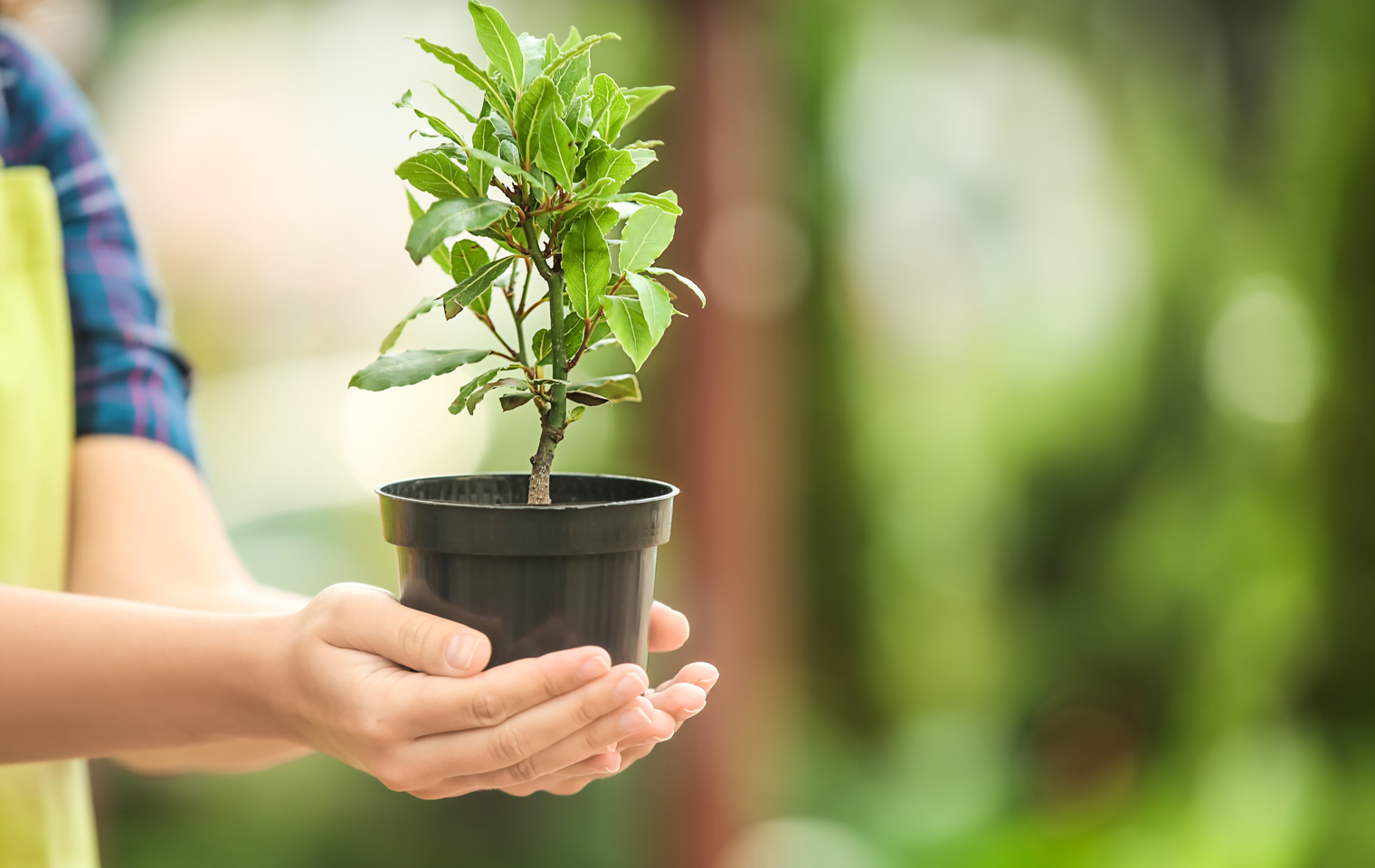
The Bay tree (Laurus nobilis) is an attractive evergreen shrub or small tree, native to the Mediterranean region and the Middle East and therefore well suited to certain parts of South Africa. It’s becoming more and more popular in South Africa because of its versatility; it can be grown in the ground or in a pot, and can be trained and shaped into hedging, screening or topiary. The tree is a non-messy, can grow up to 12m high, and bears dense, elliptical leaves, which are light green when young and turn to a darker green when fully grown.
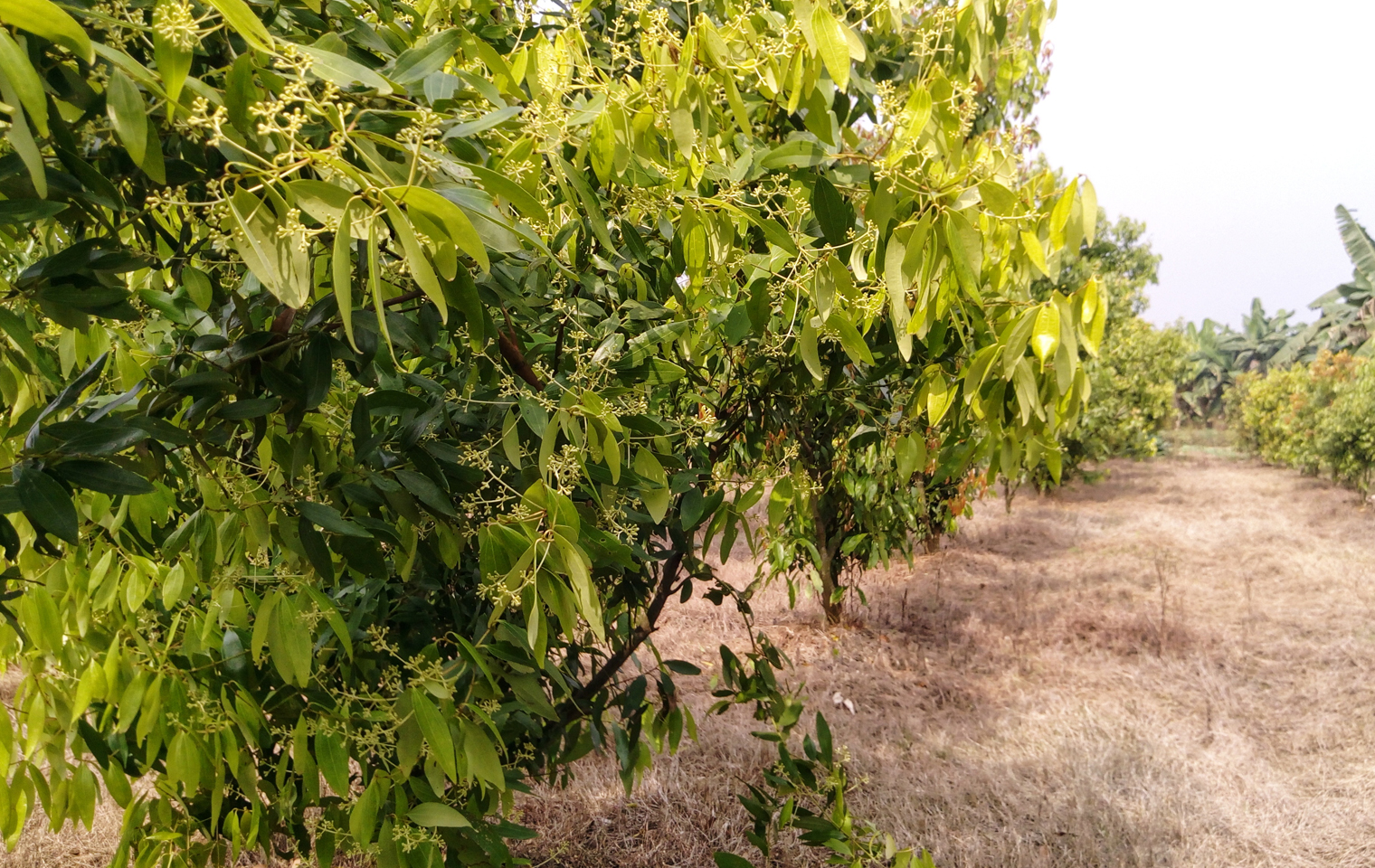
The leaves are used to infuse an earthy, slightly bitter flavour to French, Indian and Mediterranean dishes, to pickle mixes, soups, stocks and stews, and it’s one of the few herbs that doesn’t lose its flavour when dried. Here’s how to grow your own beautiful bay tree.
Planting your tree
Start with a bought plant, as it’s not the easiest to propagate. The bay prefers fertile, well-drained soil, or, if in a pot, high quality organic potting soil. As for the location, it’s a very hardy plant, so it prefers full sun or at the very least, sun throughout the entire morning. In very hot, dry, or tropical regions, they will probably do better with a little shade during the very hottest part of the day.
The dark-green foliage responds well to pruning and can be trained
to create stunning formal shapes or to frame an entrance,
pergola or patio.
The bay is a slow grower, so if you don’t plan to stay where you are, rather plant it in a pot. There are male and female trees, which bear small, light yellow/cream flowers in small clusters. In the case of mature female trees, the flowers develop into black fruit that looks like small olives.
Potential problems
Bay trees that are watered moderately and cared for well are unlikely to suffer from serious pests and diseases. Most of their problems are caused by too much water and exposure to very cold and windy conditions.
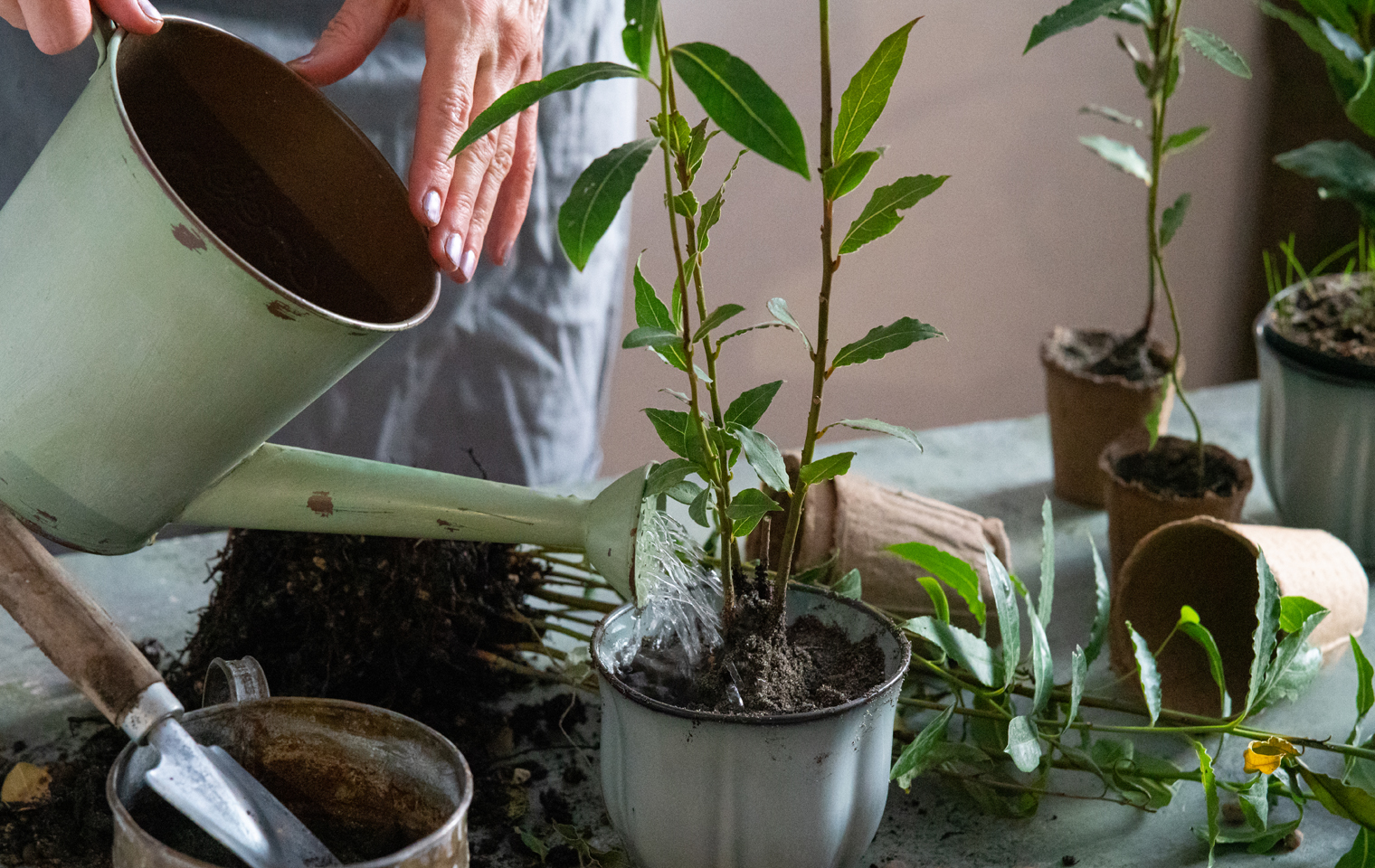
Do watch out for scale insects that attach themselves to the leaves and stems – the first sign of this will most likely be ants, as they feed on the insects and their secretions. You can spray once or twice a year with mineral oil to keep scale under control.
If you see spots on the leaves, cut back on watering as these spots are often caused by waterlogged roots. If the spotty-leafed tree is in a pot, simply repot the plant with fresh potting soil and watch out for over-watering.
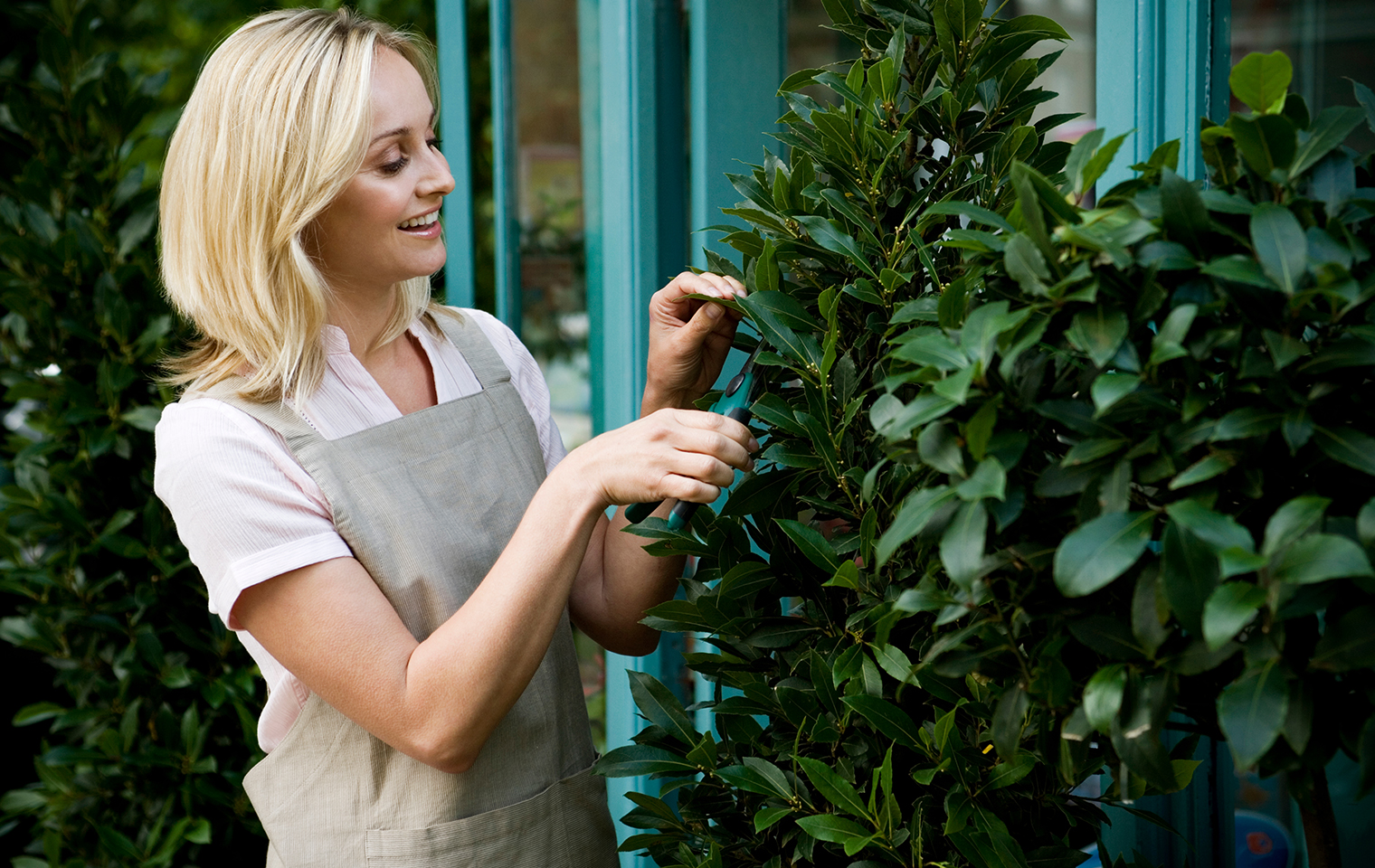
Harvesting the leaves
Bay leaves can be picked throughout the year, either individually or as small branches with bunches of leaves. To flatten the leaves, dry them between two sheets of baking paper in a heavy book. Once dried, store them in a glass jar or airtight container, out of strong light, and they’ll keep for many years.
Health benefits of bay
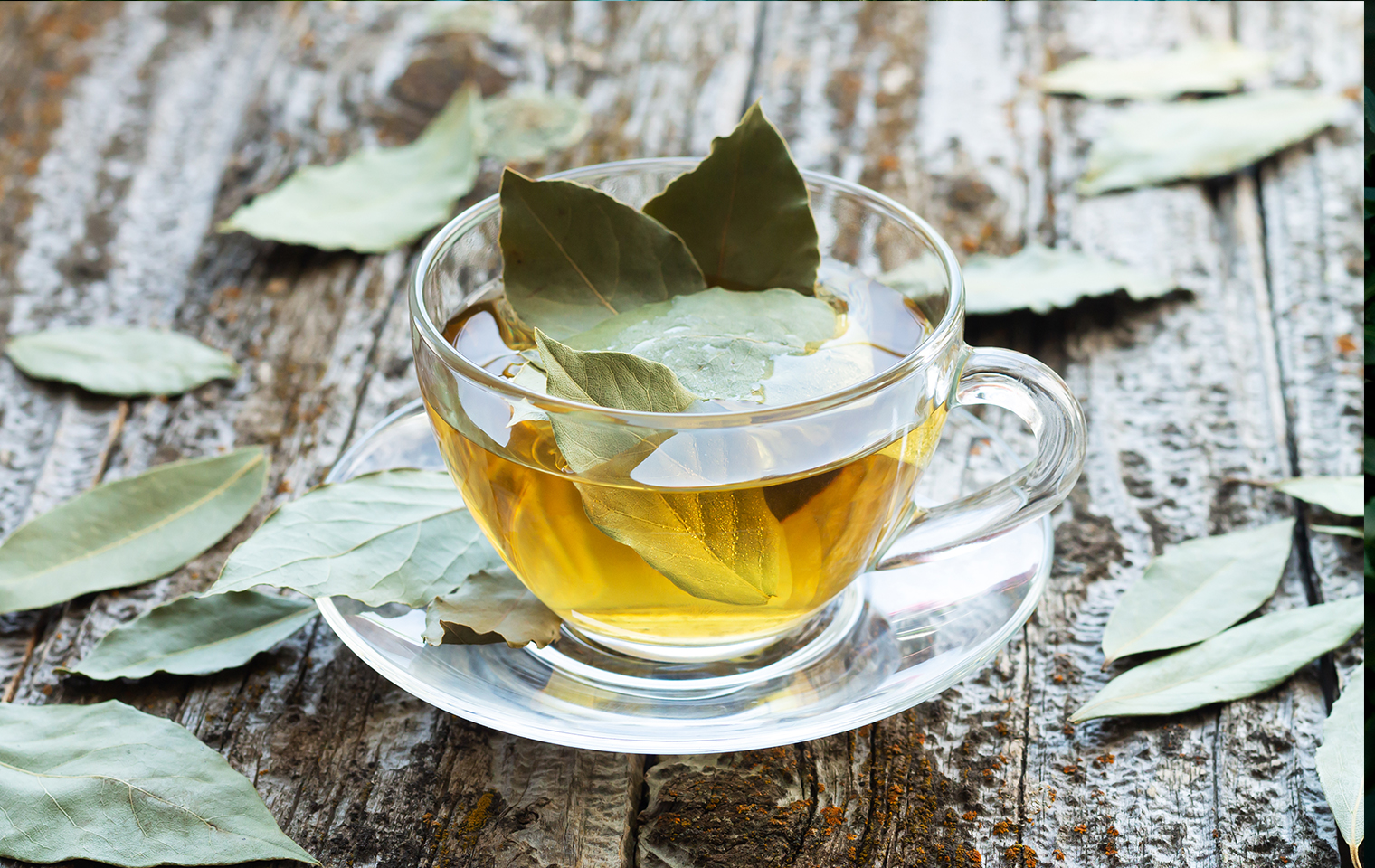
Bay leaves have long been known for their medicinal qualities, which include their ability to detoxify the body, speed up wound healing, protect from bacterial infections and help with digestion. The leaves can be made into a herbal tea, or pulped and applied as an astringent to burns and bruises. The essential oil of the bay leaf is often used in massage therapy and aromatherapy, because it contains a unique phytonutrient called “parthenolide”, which helps to reduce inflammation and irritation when applied to the skin. It’s important when using bay medicinally to make 100% sure that only the true bay leaf “Laurus nobilis” is used and of course, to check with your doctor first.
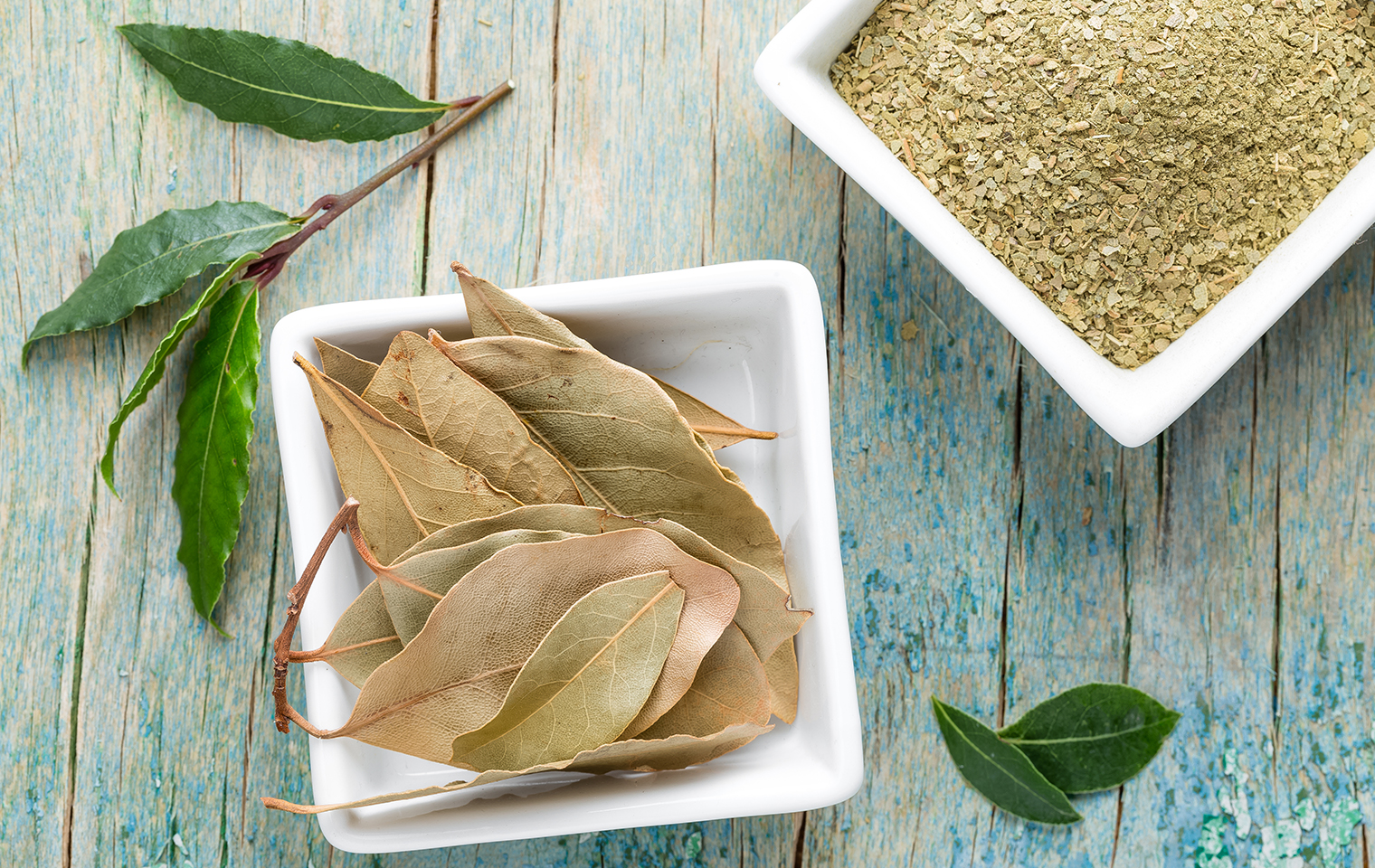
The many culinary uses
Bay can be described as having a warm, ‘woodsy’ flavour, comparable with oregano or thyme, but more subtle, and with slightly bitter and almost medicinal undertones. Because of the subtle flavour, bay lends itself to dishes with a longer cook time, like soups, stews and sauces. And while it may be a Mediterranean herb, it has earned its place in our own local cuisine and is essential in bobotie, pickled fish and venison dishes.
Tips:
• The fresh leaves can be used in exactly the same way as dried leaves, but be aware they are slightly more bitter.
• The leaves don’t really soften much in cooking, so it’s important to remove them before you serve your dish.
• Most of the flavour lies in the intense oils contained within the leaf, so tearing the leaf before adding it to the pot will help to release more flavour.
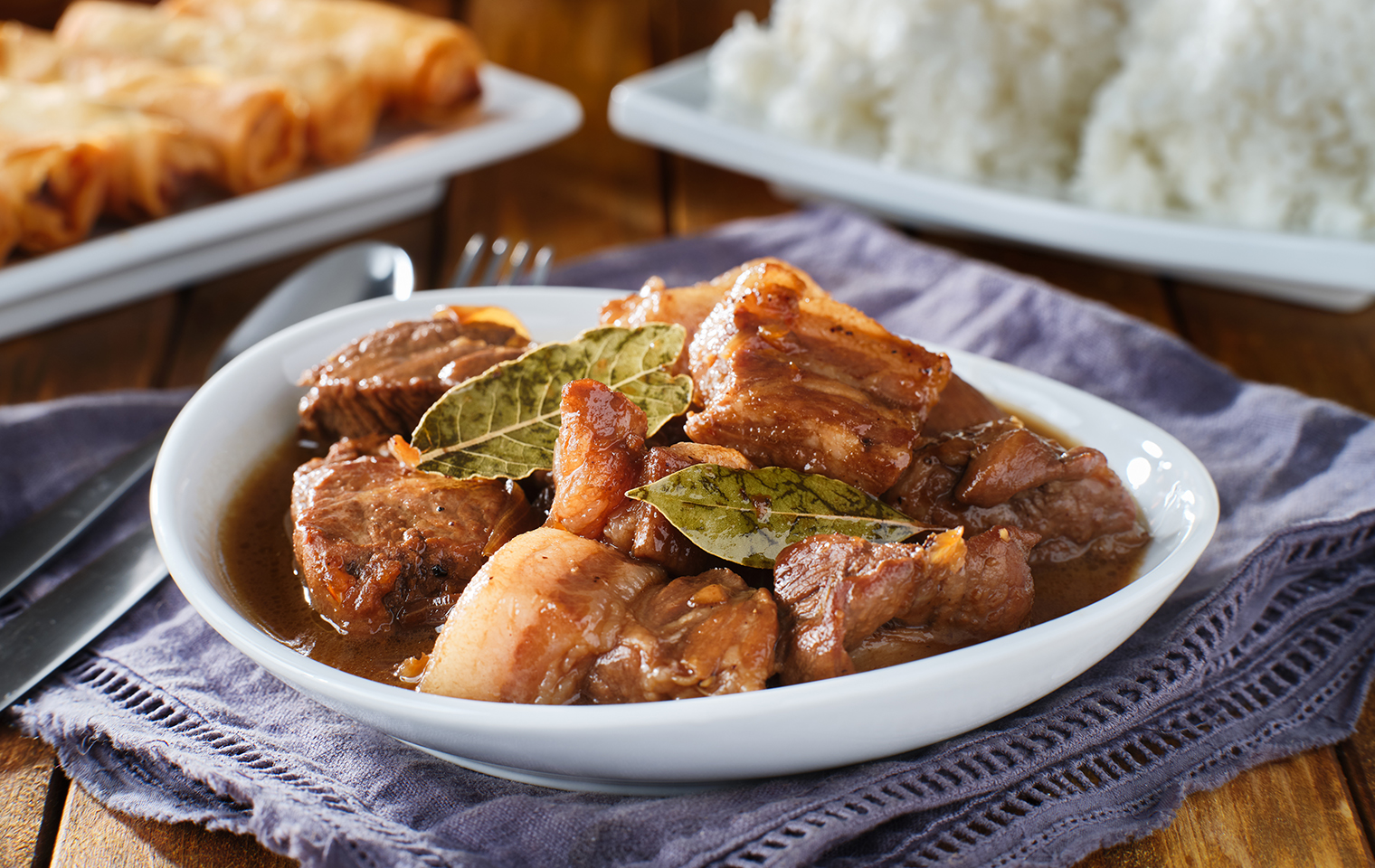
Bay features prominently in classical Greek, Roman, Chinese and Biblical culture. In the Bible, it’s depicted as an emblem of prosperity and fame, and is often said to symbolise the resurrection of Christ. Bay was first known as the herb of poets, oracles, warriors and doctors. In ancient Greece, the trees were so revered that the branches were used to make wreaths to crown illustrious poets (known as poets’ laureate) and heroes of sport and battle.
The strength and flavour of bay leaves increases with cooking time, so they work best when used in slow, simmering dishes like stews, sauces and soups, or crushed or torn into meat or chicken marinades for the braai.
Bay leaves are used a lot in Portuguese, Turkish and Moroccan cooking, as well as in many Italian dishes.
French cuisine also relies on the subtle flavour of bay for many classic French dishes, including the famous Boeuf à la bourguignonne and Daube de Boeuf Provençale, as well as Bechamel sauce. Bay complements any dish that contains beef, tomato, potato and chicken, and the leaves can be stuffed into a chicken cavity before roasting. Try adding it to your next Bolognese sauce, potjie pot, vinaigrette or even rice pudding to enhance the flavour!
If you are an avid gardener, keen home chef – or both, why not consider adding this noble, versatile and attractive tree to your garden this summer? It truly is a great addition to the garden and the unsung hero of the spice cupboard.



